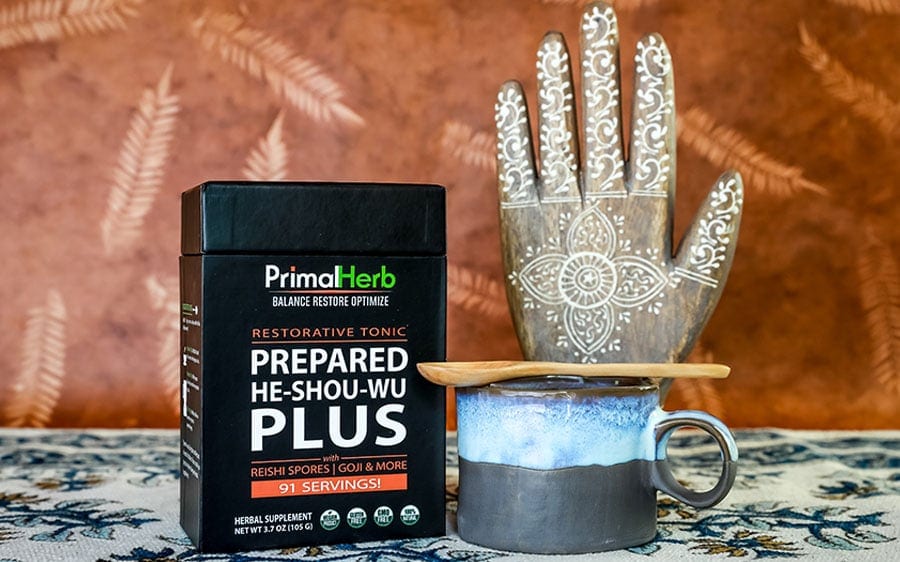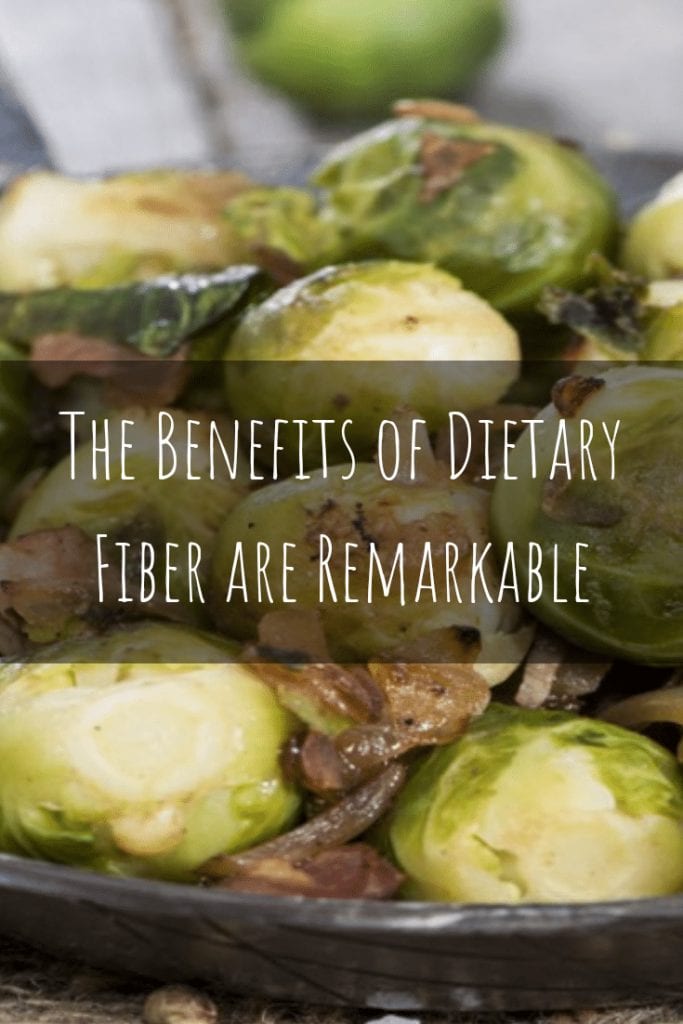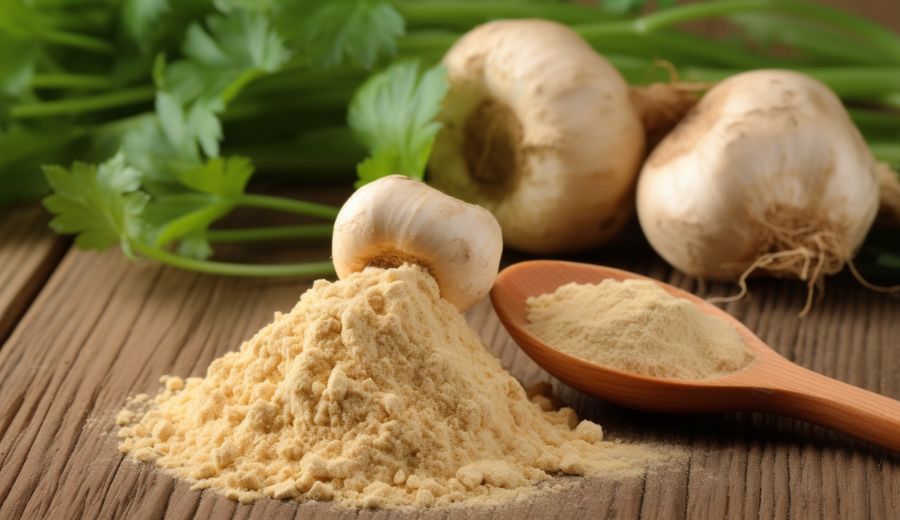The Benefits of Dietary Fiber are Remarkable

Several research studies are showing a positive correlation between fiber intake and aging. One study conducted over a 10-year span showed that most participants who were meeting daily dietary fiber intake aged gracefully.
So what does it mean to age gracefully?
People always throw out the term “age gracefully.” So what does that exactly mean? Most would think that being over 50 years old, yet having fewer wrinkles than a starch pressed shirt would qualify. Sure, but in reality, people can look healthy but not be in the worst health ever. The true definition of aging gracefully (or successfully) is being devoid or absence of disability, depressive symptoms, mental impairment, respiratory issues, and chronic diseases such as cancer and heart disease while getting older. If any of these health ailments currently affect a person or runs in their family, then getting enough fiber is a must!
Hold up! What exactly is so important about dietary fiber?
People may be thinking what is so darn important about dietary fiber. Well, let’s open our middle school science books and read the definition of it. Dietary fiber is an indigestible substance found in plants like fruits and vegetables and is an important part of a healthy diet. There are two forms: soluble and insoluble fiber. Soluble fiber is “soluble” in water. When mixed with water, it forms a gel-like substance and swells. Soluble fiber has many benefits, including regulating blood glucose levels and lowering cholesterol.
The following are foods that are rich in soluble fiber:
- oats and oatmeal
- legumes (e.g., peas, beans, lentils)
- nuts (e.g., pecans, walnuts)
- barley
- most fruits and vegetables (e.g., brussels sprouts, oranges, apples, and carrots)
Insoluble fiber helps speed up passage of food through the gut and adds bulk to the stool. This fiber helps the body stay regular, thus avoiding the uncomfortable feeling of constipation and other bowel-related issues.
The following are foods that are rich in insoluble fiber:
- Skin and seeds of fruit (e.g., apples, raspberries)
- Rice
- Legumes (e.g., kidney beans, black beans, chick peas, lima beans)
- Vegetables (e.g., asparagus, beets, cauliflower, sweet potato, broccoli)
- Nuts and seeds (e.g., walnuts, almonds, sunflower seeds)
As we can see, most of these foods contain both insoluble and soluble fiber. According to most health guidelines, adult men should get between 30 to 38 grams per day; adult women should aim for 21 to 25 grams a day. Another general guideline is to get about 14 grams of fiber for every 1,000 calories in one’s diet. Unfortunately, the average American barely consumes 14 grams of fiber on a daily basis. No wonder most people have a slew of health issues as they reach senior citizenship.
Is the body getting enough fiber?
If the body is constantly dealing with constipation, hemorrhoids, and other bowel problems, then it needs more fiber. Well, that’s not the only sign.
The Body is Always Hungry
Is the stomach always grumbling? It may be due to a lack of fiber. This is the reason some people snack throughout the day. While there is nothing wrong with snacking, those calories add up, especially with low fiber foods. To avoid unnecessary calories, it is best to incorporate fiber-rich foods into the diet.
The Body is Overweight
Still trying to figure out how the body got its belly (or how to lose it)? Not enough fiber could be a reason why. As just mentioned, a lack of fiber leads to constant hunger. Constant hunger leads to overeating. Overeating eventually leads to being overweight (or obese). So there is definitely a correlation between low fiber intake and weight gain. With that said, research shows that having a high fiber diet aids with weight loss. The main reason is that soluble fiber helps slow digestion, making one feel fuller longer.
The Body is Always Tired
Yawn! If that’s how we feel all day long, it is likely because of our fiber intake. Food is like fuel. If we use premium fuel, our engine (the body) will be running smoothly. If we use crappy fuel, our engine will be running like…. crap. Premium fuel is fiber-rich foods such as nuts, fruits, and veggies. Crappy foods are pretty much anything on McDonald’s menu (and other junk food). So if we want our bodies to run (and look) like a Ferrari instead of a hooptie while aging, then eat more fiber.
How can we get more fiber?
The obvious answer is to eat more fiber. But how exactly do we incorporate more into our diet? Here are eight tips.
-
- Add fruit and/or vegetables with every meal
- Need a snack? Choose healthy, fiber-rich snacks such as apples, carrots, whole grain crackers, whole grain popcorn, granola bars, and homemade trail mix
- Add legumes to one’s salad, soups, and casseroles
- Most American food dishes are actually very low in fiber. So, opt to eat more non-American cuisine such as Mediterranean, Mexican, and Middle Eastern.
- Here’s a fun fact, water intake affects fiber absorption. Without adequate hydration, fiber can actually aggravate rather than alleviate constipation. So as we add more fiber, be sure to drink more water.
- Ready to eat all the fiber that money can buy? Take it easy! Quickly altering one’s fiber intake could cause gas and bloating. Instead, slowly add more fiber into the diet.
So in conclusion, more fiber equals successful aging, right?
Well…. yes and no. Yes, there are several studies showing that individuals with adequate dietary fiber tend to reach old age disease-free and fully-functional. However, high fiber intake alone doesn’t ensure that we age gracefully. Here are ten health tips we all should implement to make people think that we’re 10 years younger.
- Lift weights at least 2-3 times per week
- Avoid smoking or second-hand smoke
- Eliminate or Limit alcohol consumption to 1-2 glasses of wine per day
- Get at least 7-8 hours of sleep per night
- Meditate for at least 20 minutes each day
- Discuss issues with one’s spouse, family, or friends
- Schedule a checkup with the doctor at least every 6 months
- Make time with one’s friends
- Learn something new every day (Like we did in this article)
- Smile and laugh more (Note: Numerous studies show happy people live longer)
Get Social – Like, Comment and Share!
Recommended
Elevate Your Memory: Nature’s Best for Cognitive Boost
It can be frustrating, the way it infiltrates anything and everything in one’s routine. At first, we might not be able to put a finger on what’s going on, or even think of it as …
Deficiency to Vitality: The Role of Maca, Epimedium, Tribulus, & Goji Berry
One of the most fundamental aspects of Traditional Medicine is the concept of yin and yang. They are opposite but complementary forces that are essential in balance for optimal health. Too much or too little …
Unleashing Siberian Eleuthero: From Energy Boosts to Stress Relief & Beyond
Herbs can be powerful tools for health. Over time, research has revealed certain botanicals to have numerous benefits. Plants like schisandra, rhodiola, and he shou wu are great examples—but turning to just one herb isn’t …
- Exclusive Offers
- Product Giveaways
- Latest Research
- New Product Launches








